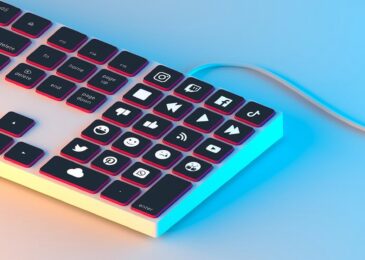PhoneGap develops by Adobe system is one of the best software for building mobile applications for any platform. Usually, for building apps on different platforms- iOS, Windows, Android, Blackberry and more, we need to use different frameworks. PhoneGap resolves this problem by making use of standards web-based technologies like HTML, CSS and java skills assessment.. Thus, developers only need to know about these technologies and PhoneGap takes care of the rest of the things, such as the look and feel of the UI and the portability of the app. Moreover, developers neither need to have expert knowledge of the various platforms nor they need to have the core skills to build the mobile app from scratch.
With the demand for PhoneGap rising, companies look to hire PhoneGap programmers. Understanding its benefits and ease of use, many developers use the app to develop and create applications for different platforms.
The following are the tips on how to develop an app using PhoneGap:
- Testing on actual phones – There might be cases when a piece of code may not work if the testing is left until the end of the project. In case of iPhones, the animation may look amazing on the emulator but it may work extremely slow in iPhone 3GS. For Android phones, emulators are often unresponsive, slow and flaky. Thus, it is better to use a different set of phones that have different platforms. It is preferred to test the app on a combination of devices that are of the standard main screen size, that is a little outdated and have a small screen and the phones which have larger screens. Ask the client for the Android versions of the phones on which the app needs to be tested.
- Usage of HTML5 and CSS3 – While one may need not worry about the gradients, the images or any fallbacks of HTML and CSS, there are certain things that might not work as expected and you might have to look up. The following are things about CSS3 needs to be paid attention to:
- Some of the CSS3 properties might impact the performance. For example, removing box shadow in case of choppy looking animations may help.
- There are 3D CSS3 animations that are hardware accelerated. One may use it for 2D animations with the help of the following:
css -webkit-transform: translate3d(0,0,0); transform: translate3d(0,0,0);
For some earlier versions of Android and iOS phones, prefixes for CSS3 properties might be required.
- Using jQuery Mobile – jQuery facilitates the task of implementing and developing a mobile app rather easily and rapidly. From the front-end perspective, it is good to have transitions specified directly on the link. Perhaps some may face issues when there is more control needed over the look and feel of the app.
There are some handy tips which might help to save your time from Googling:
- Rename your app.
- Enable the app to show up in landscape mode.
- Hide the phone status bar as and when the app is running.
Companies can hire PhoneGap programmers for building mobile apps that can work on any platform.
Thus, these tips will help you develop a mobile app on PhoneGap very conveniently and efficiently.




